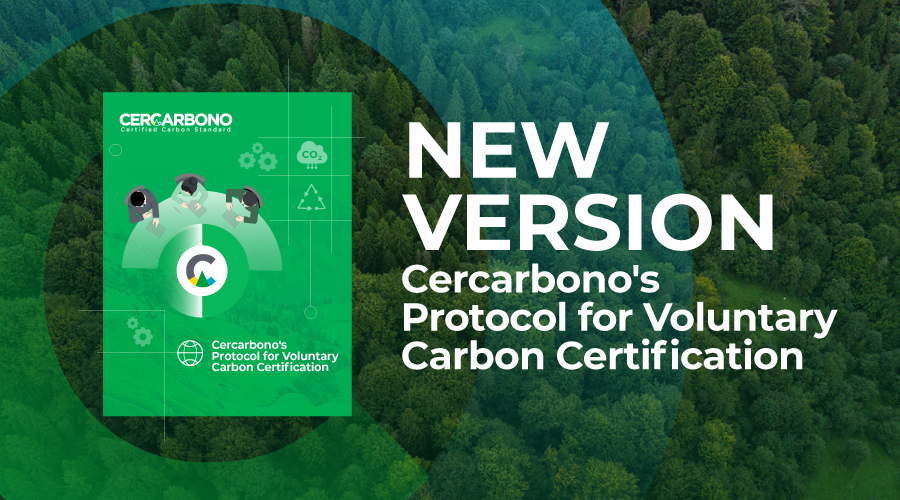News

06
SepWith the aim of reinforcing the quality of the Program to certify voluntary climate change mitigation projects on any continent, under different Greenhouse Gas emission compensation schemes, and increase the recognition of its credits in international carbon markets, during 2022, Cercarbono worked on updating the new version 4.1 of the «Protocol for Voluntary Carbon Certification».
This new version of the Protocol was complemented by a new document called «Cercarbono Certification Program Procedures», which describes the procedural details to implement the standards defined in the protocol.
The Protocol and the procedures document improve, among others, the roles and procedures for the formulation and approval of new documents, the approval of methodologies, the authorization of new Validation and Verification Bodies of Greenhouse Gases, and the procedures to manage the possible credit reversals in the Land Use sector.
This new version of the protocol presents the governance under which the certification program is developed, highlighting its objectives, organizational structure and decision-making. The principles that owners and developers must consider for the formulation, implementation of climate change mitigation initiatives and the principles that must be reviewed and complied with by the OVVs in the respective validation and verification processes are also expanded and classified.
The scope of the Protocol was reorganized according to the results to be generated by the initiatives, through GHG removal or GHG emission reduction activities. This last activity groups the displacement of a more intensive production in GHG, energy efficiency, the change of fuel or raw material, the avoidance and destruction of GHG emissions. These activities are taken into account in each of the sectoral areas under which a specific initiative can be developed.
Likewise, it is noteworthy that, throughout the protocol, each of the technical and support instruments developed by Cercarbono are highlighted, with which the initiatives have to be formulated and implemented, including the PDD and reporting templates. of monitoring, which together with the tools developed can guarantee their additionality, establish the carbon reserve (when applicable) and support their contributions to the objectives of sustainable development. Documents that facilitate the performance of audit events by the OVVs, for which Cercarbono also developed templates for the presentation of their reports and validation and verification declarations. Cercarbono will continue to work every day to ensure that the standard is more solid and consistent with the principles of the carbon market.
